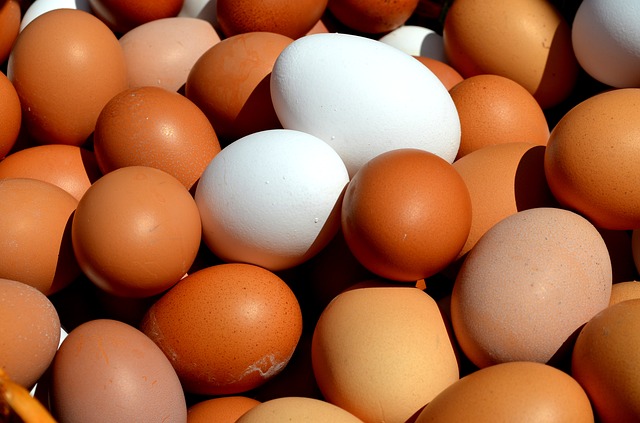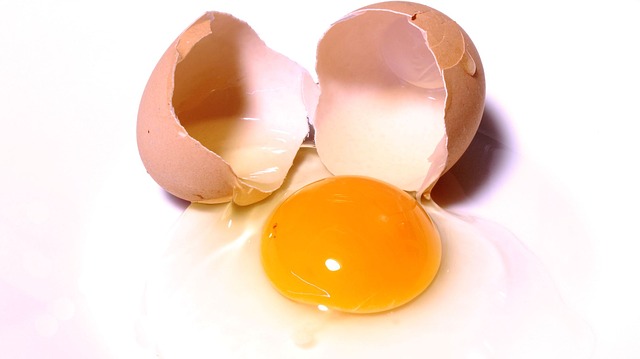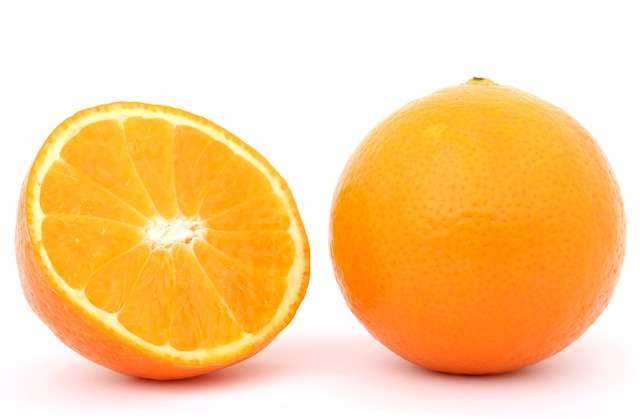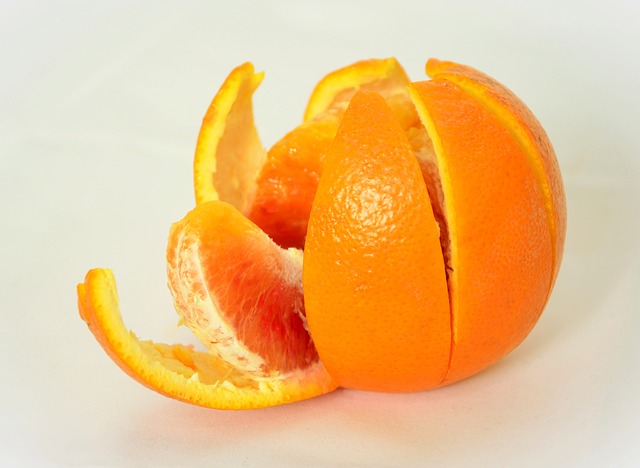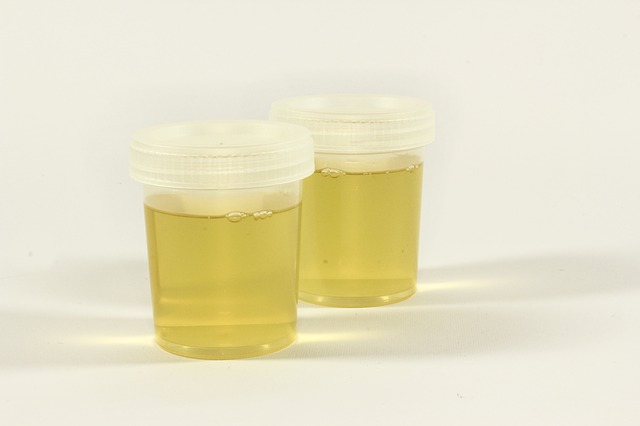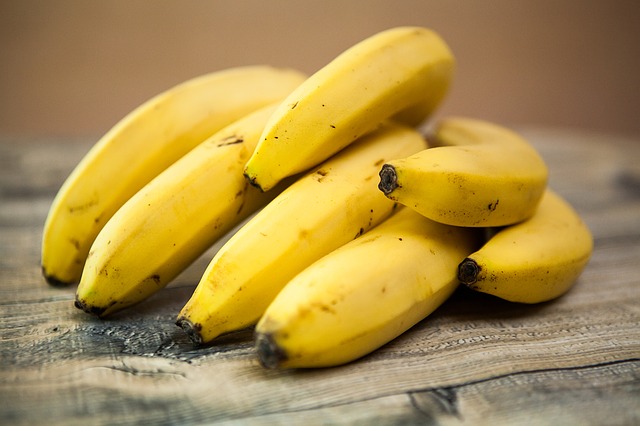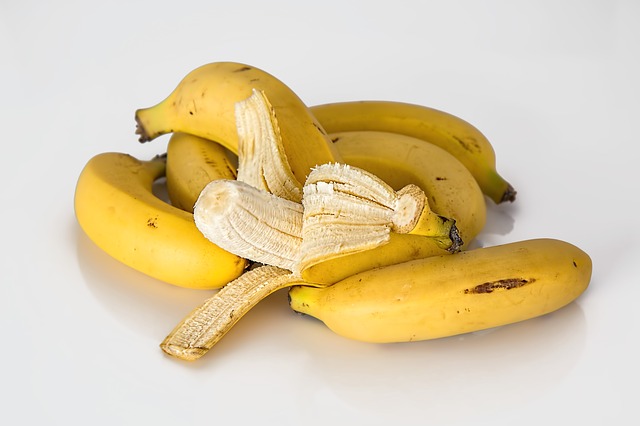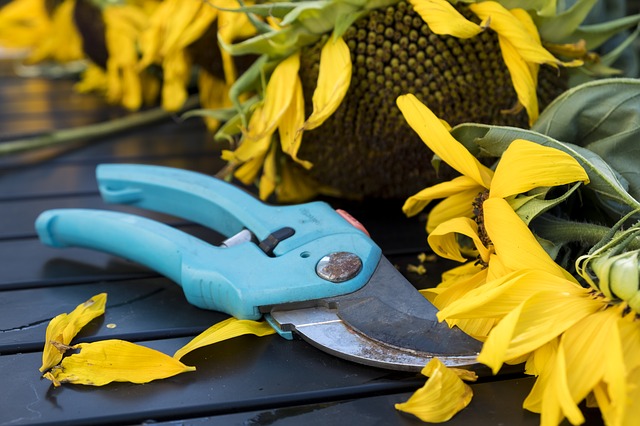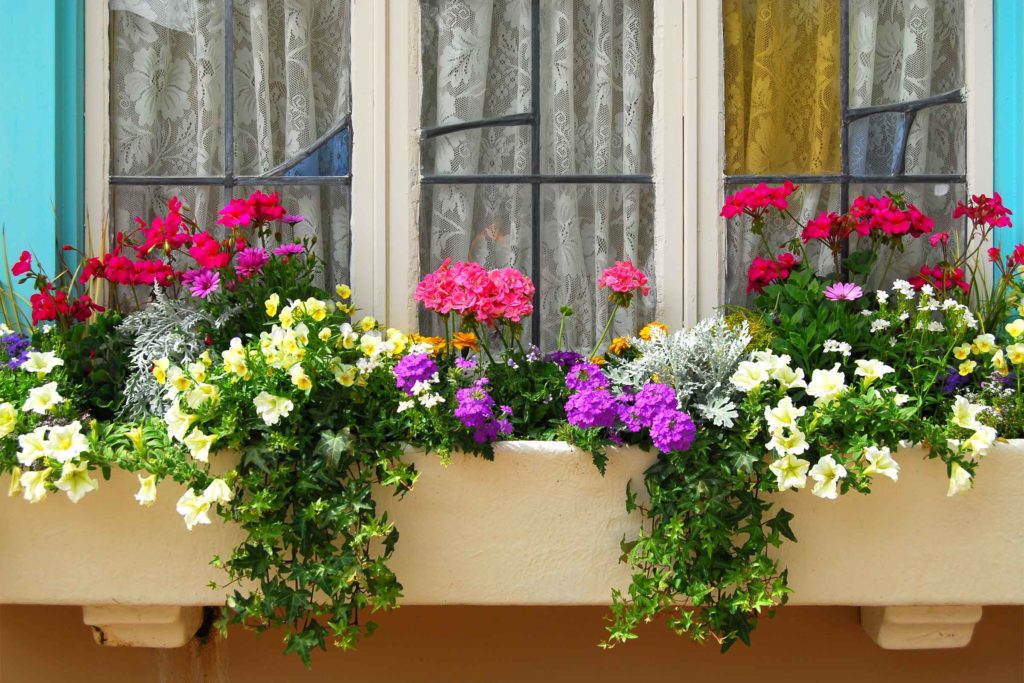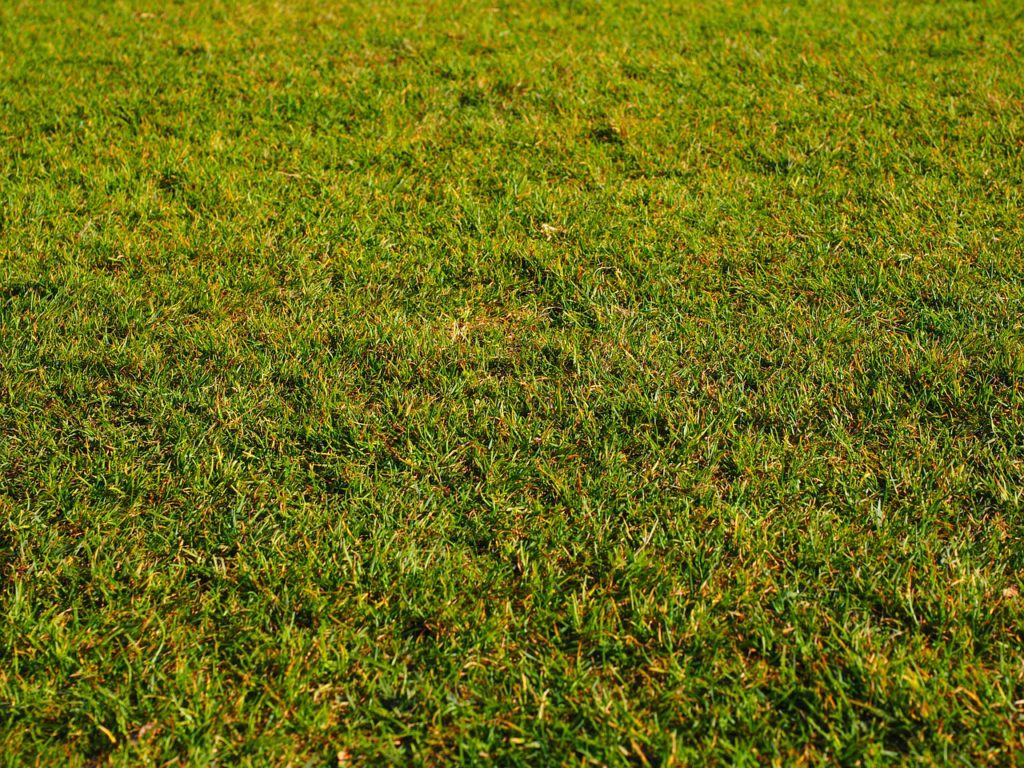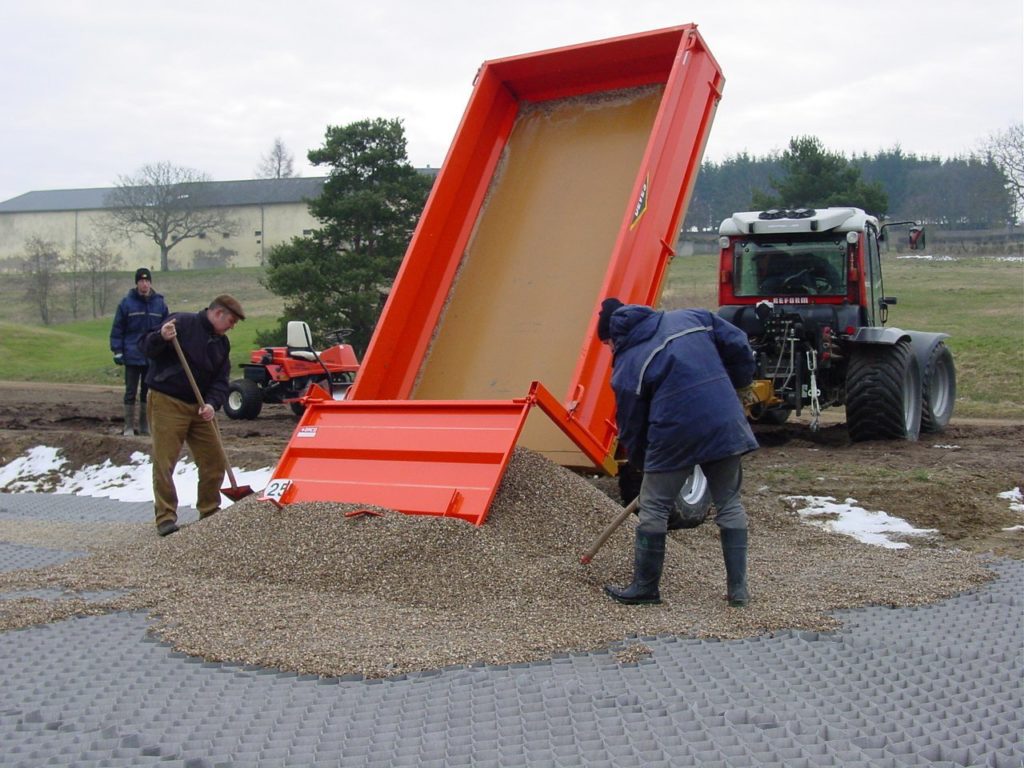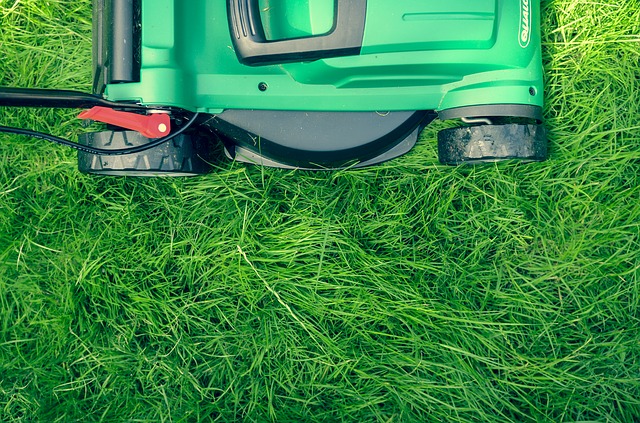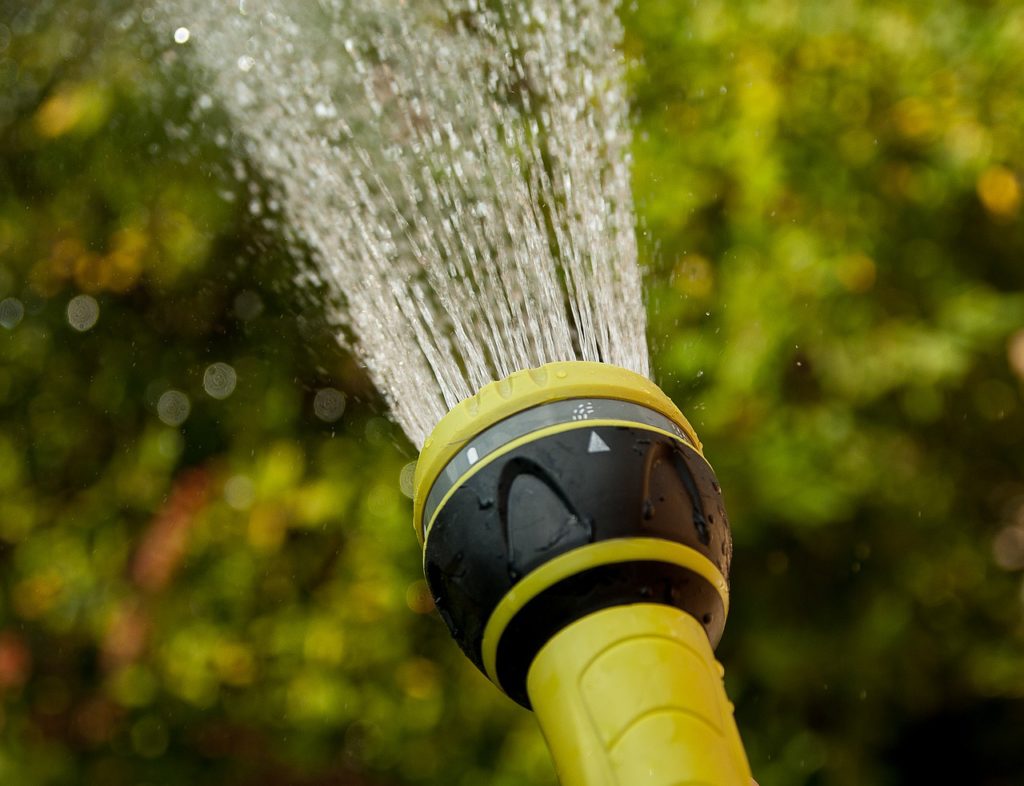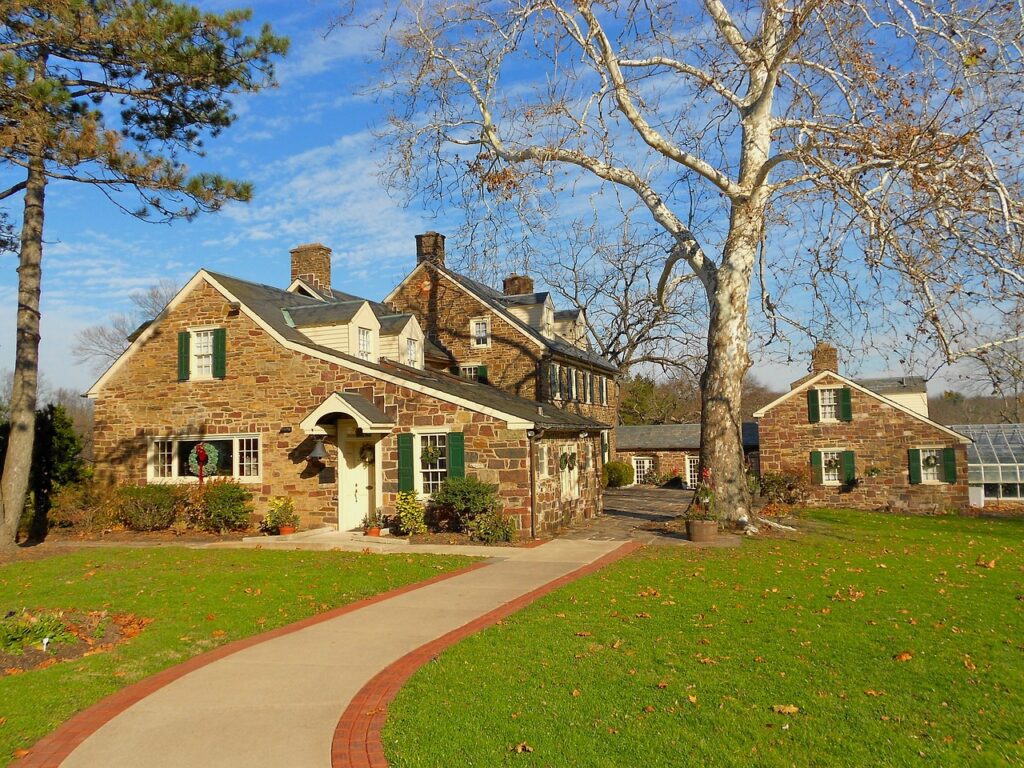
When it comes to gardening and planting trees, everyone loves the look of a beautiful landscape that makes the most of the natural resources available to you. Yet, certain trees, droughts, and shifting soils can pose risks to your home’s foundation. Before creating the garden and landscape of your dreams, it is critical to understand any risks involved and how you can prevent foundation issues in the future.
Why Tree Roots Must Be Watched
Whether they are small and forming, or large and deep, tree roots are quite strong. The objective of tree roots is to find more sources of water and nutrients–as a result, they grow deeper in the search.
Their movements can and do affect the soil they are planted in. When soil consists of loose dirt and rocks, they essentially shift and become displaced–allowing the roots to move through it more easily.
You want to determine what type of soil your home sits on since that will give you an idea of what type of damage tree roots can pose to your home’s foundation. Another type, clay soils, compact easily. When tree roots push through clay soils, they become more densely packed. When it comes to droughts, roots can shrink when clay soils dry.
When it rains, the roots expand as they take in water. The shrinking and expanding process affects the structural integrity of the soil. It also helps to contact authorized foundation repair services such as Allen’s Foundation and Level Pro if you have any questions regarding your soil, trees, and foundation.
According to the National Oceanic and Atmospheric Association, since the 1990s, there has been an increasing trend nationwide towards more extended dry periods that are then followed by downpours. These types of climate patterns strongly affect soil underneath buildings.
When clay soils shrink during droughts and swell during floods, structures can bob. Then, subsidence, or shrinking happens gradually. Moreover, subsidence is not covered by most homeowners’ insurance policies in the United States.
Keep Trees Watered
Even during times of water rationing, you can keep your trees well-watered without violating any water restrictions. You want water to be applied through long and slow treatments. This promotes deeper root growth as opposed to using frequent and light applications of water.
Assess Any Potential Tree Dangers
If existing trees are planted less than 10-20 feet away from the foundation, you might want to remove them. On the other hand, if removal is not an option, you should prune the roots and install a root barrier to help prevent foundation damage from tree roots.
If the tree is older than the house, tree removal may cause a void under the foundation as the roots die. In this case, it is essential to consult with an expert.
Consider Your Home’s Architecture And Style
When it comes to landscaping, you want to avoid competing elements that detract from the main entrance of your home. To illustrate, stay away from tall paintings that block views of your home or from planting a lone bed in the middle of an open lawn. The front entrance is where guests will experience your landscape at close range.
You want to make it inviting by having an intriguing contrast of plant forms, foliage colors, textures, and flowers. Tall plantings can make a small home appear larger. Medium-sized flowering trees such as Canadian redbud and crape myrtle are best for a casual, cottage-style home. More stately homes should look into planting English oak or juniper.
Concrete Settling
Foundations will settle due to soil shrinking in dry spells. Oftentimes, you can’t even tell a foundation is settling unless you look closely. Roots are not the direct cause of foundation damage. It is due to changes in the condition of the soil. Concrete settling can also be both unsightly and dangerous.
The reason is that when concrete settles, it is more likely to shift and crack. Depending on how much movement there is, your home’s overall structure can be affected. Usually, cracks first form in basement walls. This is a situation often overlooked by many homeowners.
Although, if concrete only cracks due to root activity, newer homes may not be affected at all. In older homes, and in extreme cases, the entire house can experience damage.
In these cases, support beams may shift, walls may sink or crack and ceilings could become uneven. Concrete settling is not always a hazard, but it can cause more significant damage in older homes.
Flooding
Similar to droughts, flooding can also cause structural and foundation damage. If your foundation has settled and has cracks, it becomes more vulnerable to flooding. When rain comes in, imagine the damage caused as water seeps through cracks.
So, in addition to foundation repair, you may be facing hundreds or thousands of dollars in property damage. This is why roots and landscaping must be properly planned to extend the lifetime of your foundation.
A beautiful landscape can make any home feel warm and inviting. Although, your foundation can suffer without the right planning. The above tips can help ensure that your foundation withstands preventable dangers.
Start Shopping for Landscaping Supplies!
The Best Places To Find Free Composting Materials
Many people are interested in composting but feel like they don’t have access to enough organic materials. Luckily there are a range of places you can find free composting materials to get started or make your current pile bigger. Here are some of the best and easiest...
4 Steps to Get Your Garden Ready for Spring
After being cooped up all winter, you may be dreaming about harvesting from a lush summer garden. But before you get there, there’s a lot of work to be done to get the garden ready. Spring garden prep can be intimidating, especially if your garden beds have been left...
What Not To Compost
Composting has many excellent benefits. It allows you to recycle organic material which can then be used to help to enhance your soil. And of course, it’s an environmentally friendly way to reduce trash. But before you get started you’ll need to know what not to...
How To Build A Vegetable Garden That Is Both Tasty And Attractive
A healthy vegetable garden can provide you with hours of stress-busting, mental health-boosting fun and give you and your family healthy, organic produce to eat for months. If you have even a few square feet of yard space, planting a vegetable garden is easy and...
Using Eggs Shells In The Compost
There are many food scraps that people use in their compost. However, there is one that is often overlooked. Using egg shells in compost is not just a great way to help reduce waste but also boosts the nutrient content of the soil you are creating for your plants....
Using Egg Shells In The Garden
Once you learn how you can use egg shells in the garden you won’t just think about eggs solely as food. Their shells are a free way to add to the health of your soil and plants, but they also have quite a few other helpful benefits as well. Here are the best ways to...
Using Orange Peels In The Garden
Oranges are a healthy snack and ingredient but you’re most likely wasting one of the most beneficial parts, the peel. While we can’t eat them, using orange peels in the garden has many surprising advantages. Here are the top ways you can put your peels to work....
Can You Compost Orange Peels?
If you’ve ever wondered, "can you compost orange peels?" the answer is yes. Although there are a few things you should know when doing so. So here’s your fast guide! Composting Basics When composting, you’ll need to include a mix of both carbon and nitrogen-rich...
Using Urine As Fertilizer
While urine is waste, it also contains nutrients that our bodies can’t use. But your garden can! Using urine as fertilizer is free and as organic as it gets! Here’s what you’ll need to know when thinking about using it. There have actually been multiple studies that...
The Urine-Compost Connection
Composting is all about re-using organic materials. And like the majority of us, you probably have been flushing away one of the most natural ways of all to condition your compost. By adding urine compost can be given a huge boost and that is passed on to whatever...
Using Banana Peels In Compost
Can you put banana peels in compost? You bet you can! While bananas offer us some extremely important nutritional benefits that help us to stay healthy, their peels can be used to add to the health of your compost pile as well. Bananas are one of the most popular...
Using Banana Peels In The Garden
Bananas are both delicious and healthy. And you may have wondered after finishing your morning shake or afternoon snack whether those peels you’ve been throwing away for years could be used for other things. What can you do with banana peels? It turns out quite a lot,...
Common Gardening Injuries And How to Avoid Them
While gardening isn’t necessarily the most dangerous pastime one can think of, injuries do occur. Recent data suggests that in the US alone, over 300,000 gardening injuries occur annually. So whether you are a seasoned gardener or are just beginning, it’s important to...
Just Moved? How To Safely Transport Your Plants Into Your New Garden
It can take years of planting and care to create a magnificent garden. That’s why the prospect of relocating or moving houses can induce anxiety in gardeners. Whether you plant ornamentals, or if you grow your own vegetables, having to start over can be a daunting...
Filling Those Window Boxes: Flower Species That Thrive With Container Gardening
Those traditional window boxes overflowing with flowers may remind you of summer cottages or childhood dreams. This particular feature is one that you want at your home all year-round. Container gardening for window boxes takes a certain flair for picking out the...
Why You’ll Want To Revamp Your Garden with Artificial Grass
Installing an artificial lawn is an easy and attractive way to improve and revamp your garden. This is because an artificial lawn is like a real lawn, only much better! Artificial grass has been developed to such a high-quality standard that it looks and feels as...
The Best Grass Types For Creating A Drought Tolerant Lawn
Many of us live in dry and arid places. There are many locations around the world that unfortunately for your lawn don’t get much rain throughout the year. For people who live in these places, a green, healthy-looking lawn can seem impossible to have and maintain....
Garden Drainage: How to Avoid a Waterlogged Garden & Patio
Many locations around the world get a lot of rain. With an average of 33 inches of rain per year, this is especially true in the U.K. where it is rare for a day to pass that it is not raining somewhere. Regardless of where you live this can lead to problems with...
Easy Lawn Care? Experts Say It’s Possible With These Tips!
There's no way around it: If you want a lush lawn, you have to work for it. That entails putting in a lot of time, effort, and yes, money. And even if you are hiring experts in lawn care, you will still need to shoulder some of the responsibilities involved. That does...
Water-Wise Landscaping: Avoid Cultivating These Types Of Plants
Water is one of the primary needs of all plants. They need to receive the right amount of hydration to grow and thrive properly. You can ensure your plants get the hydration they need by watering them regularly using a garden hose or watering can, or by having a...




